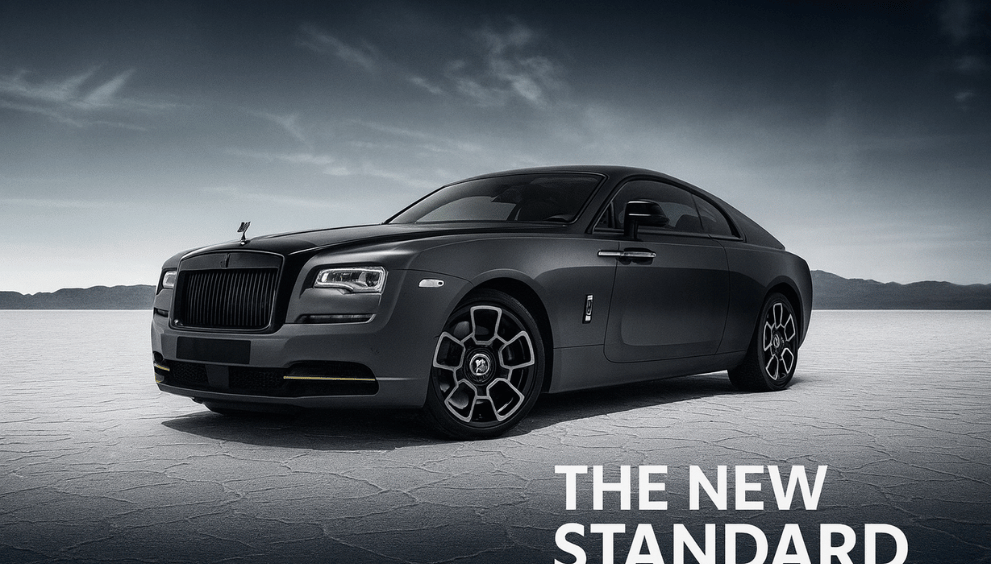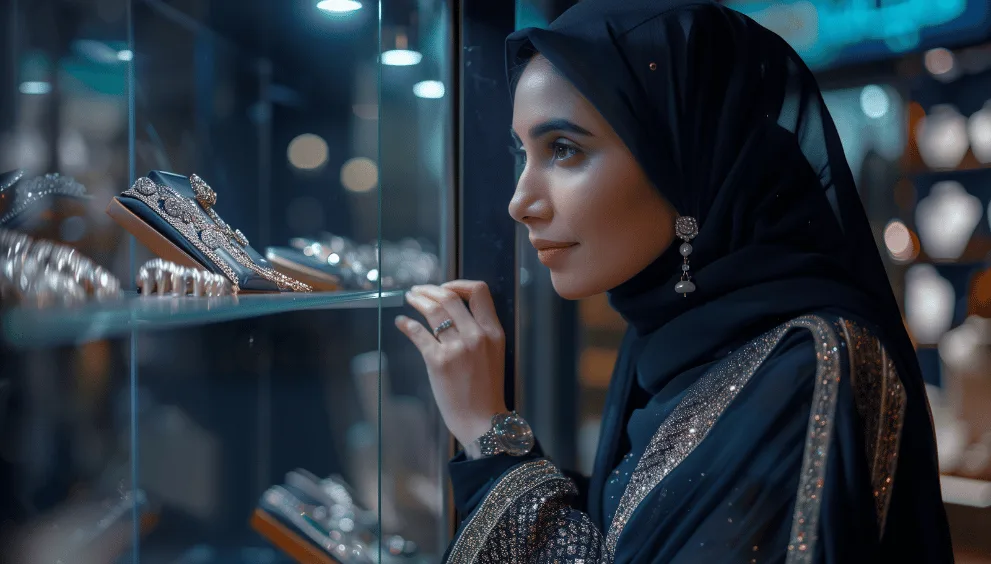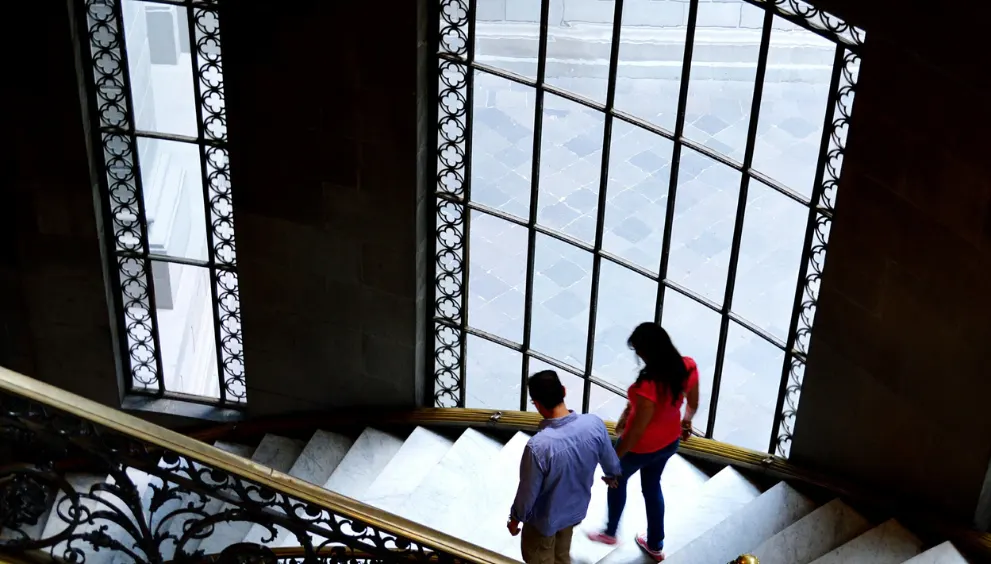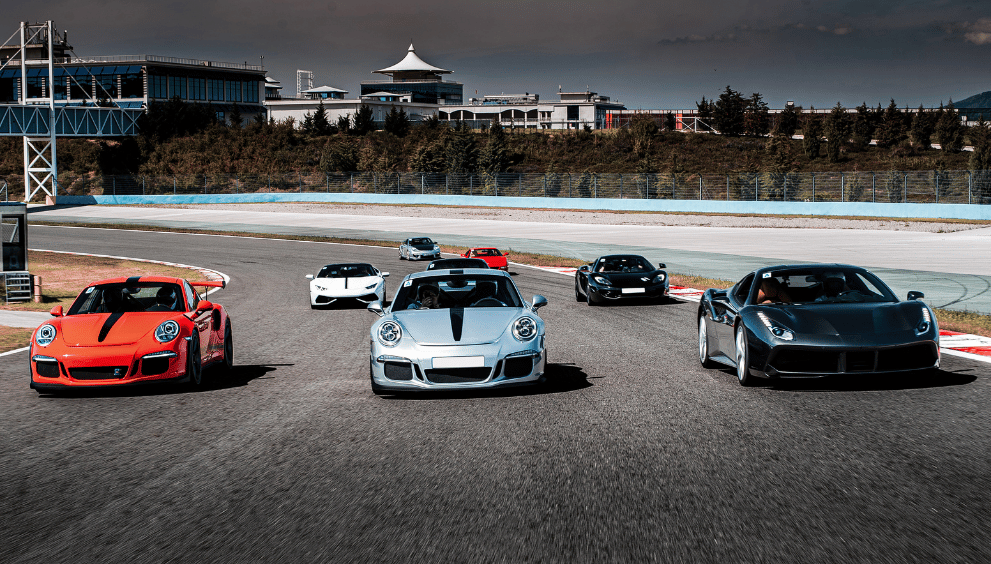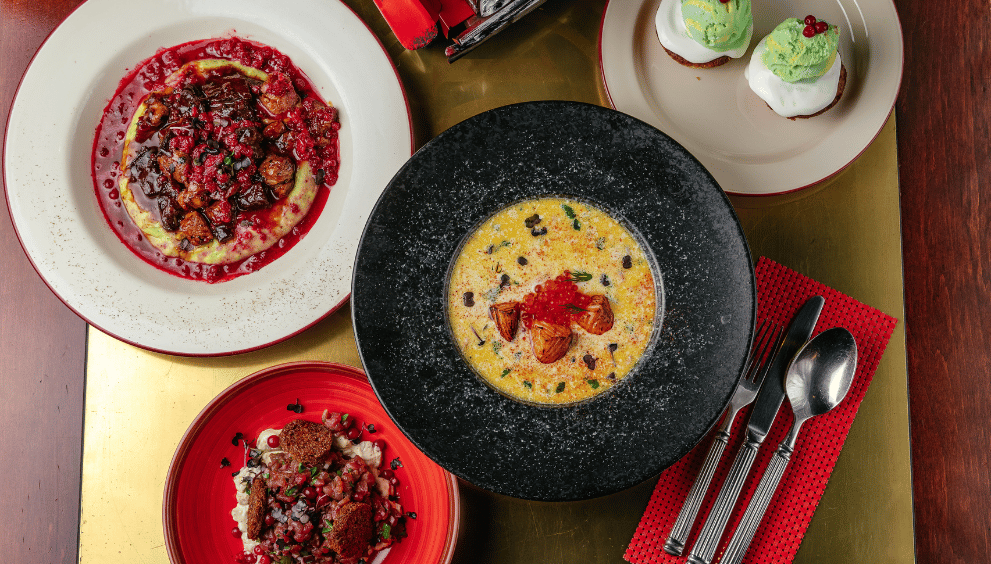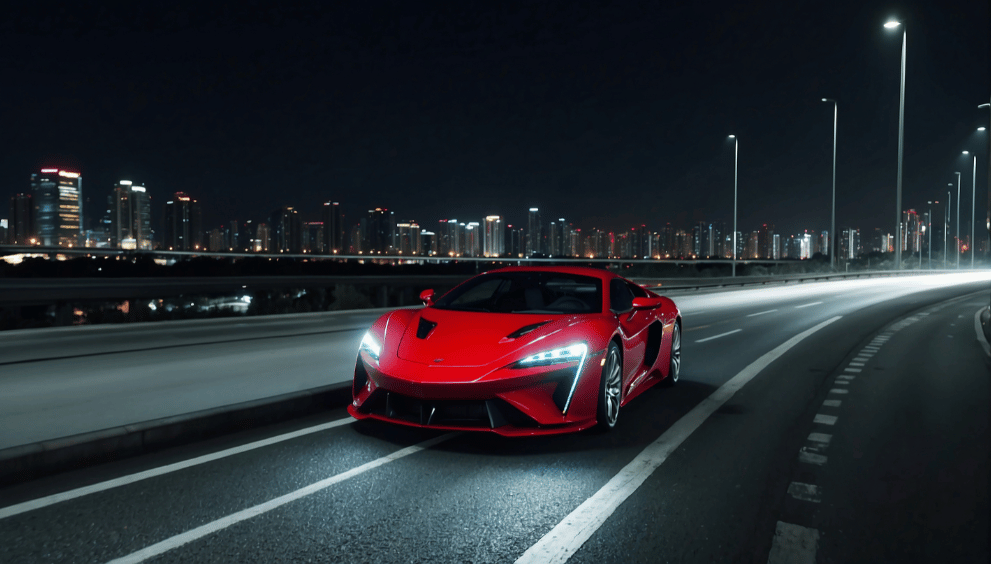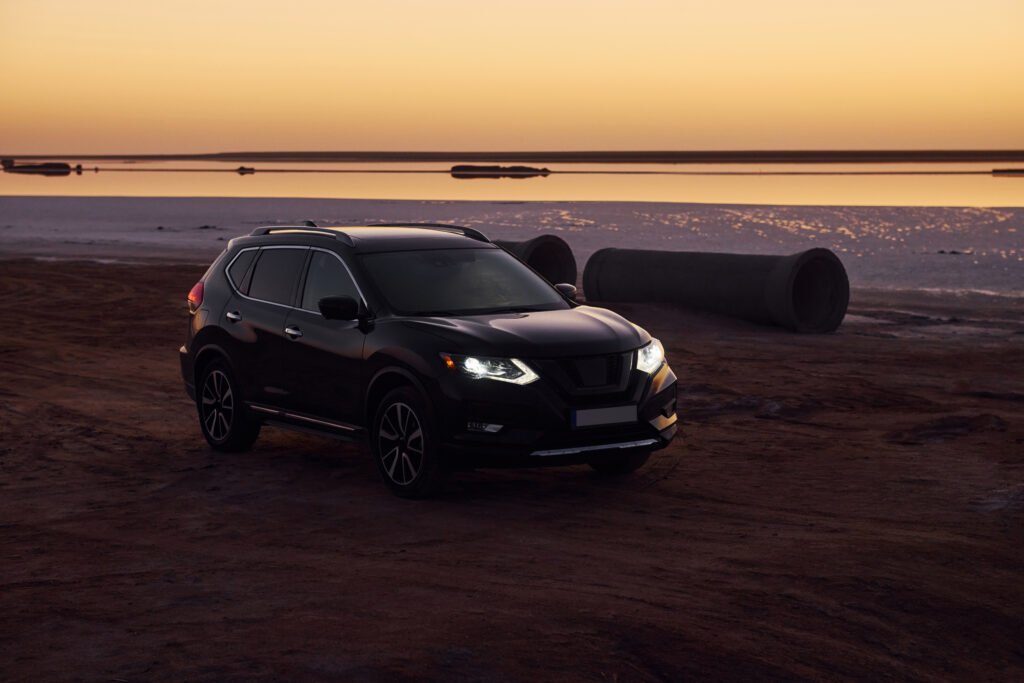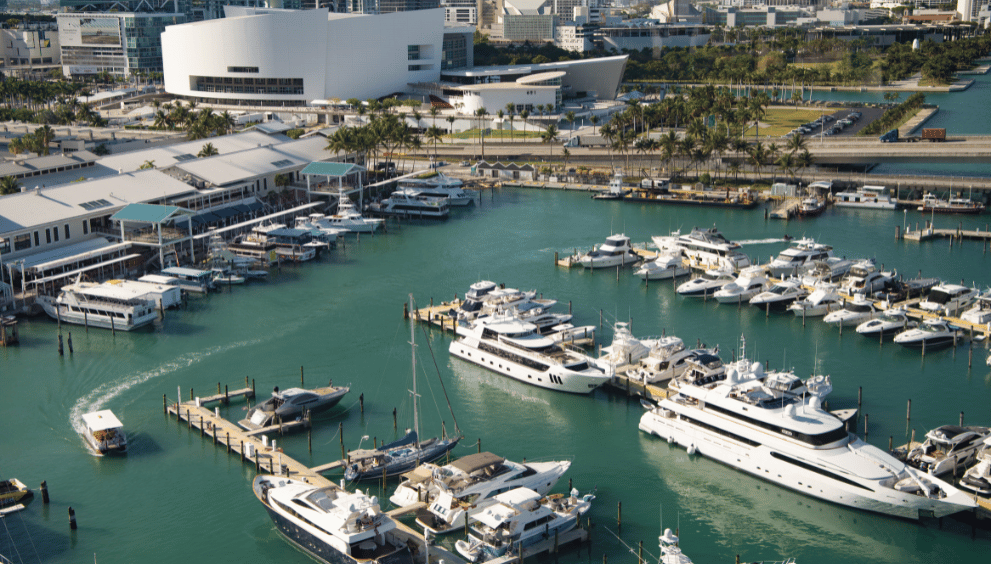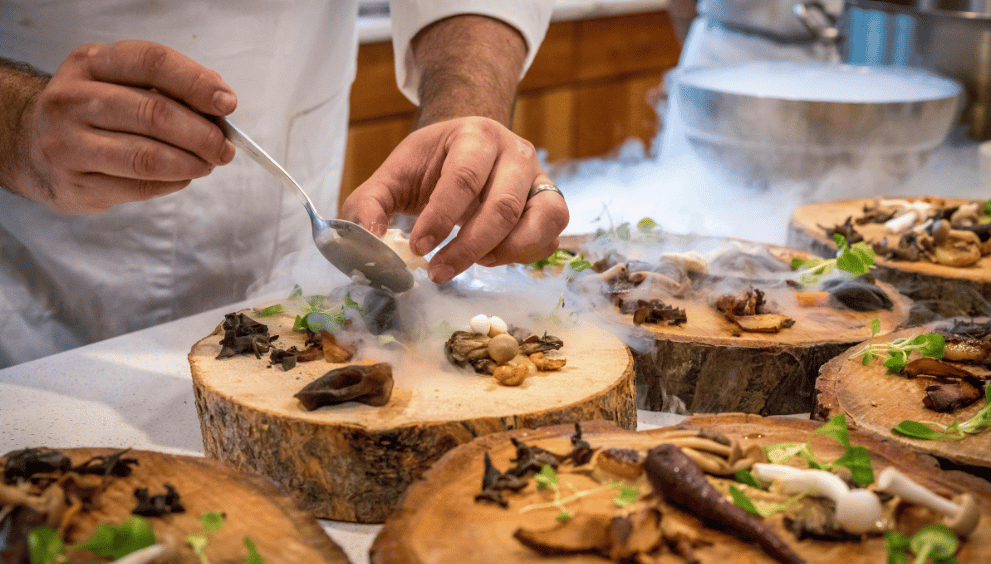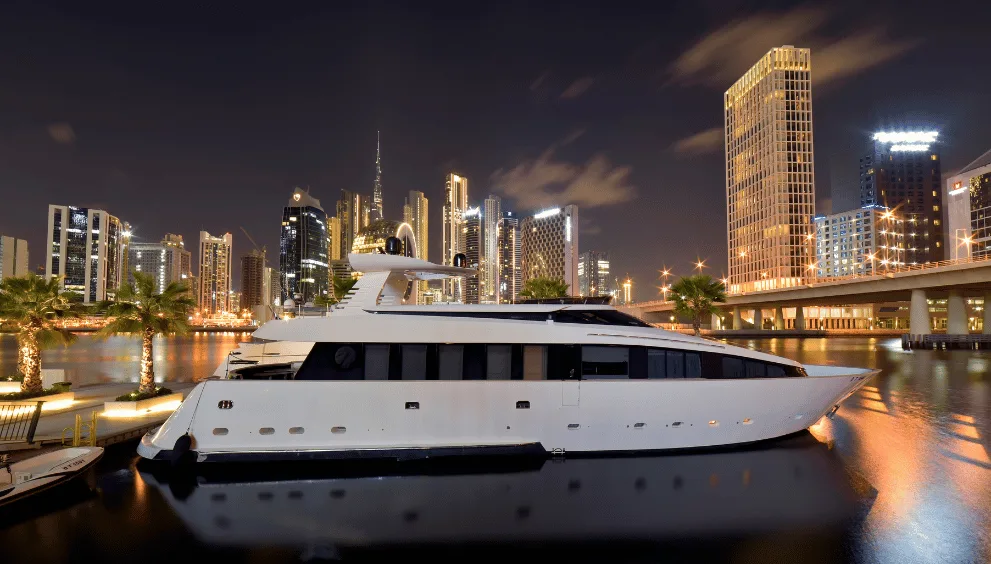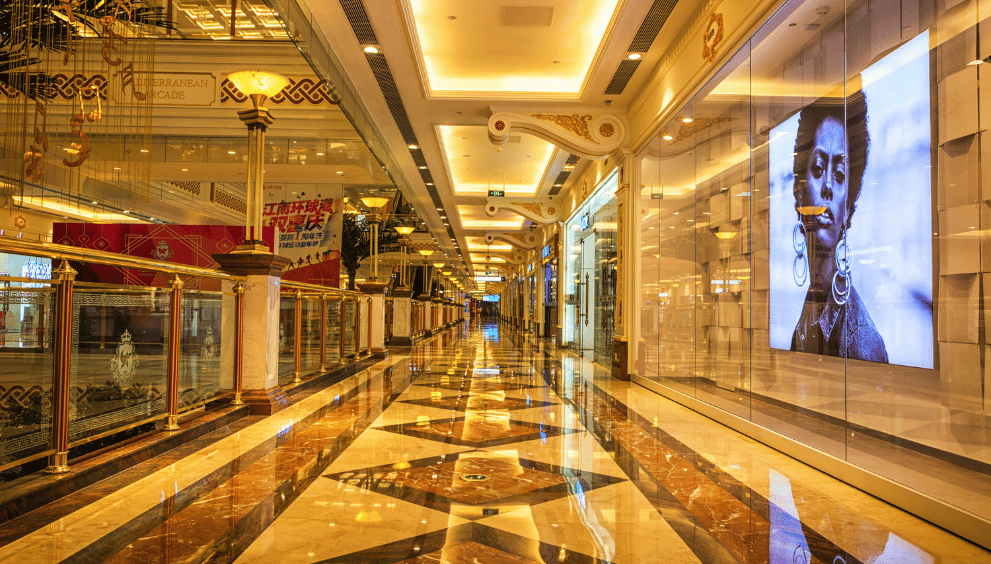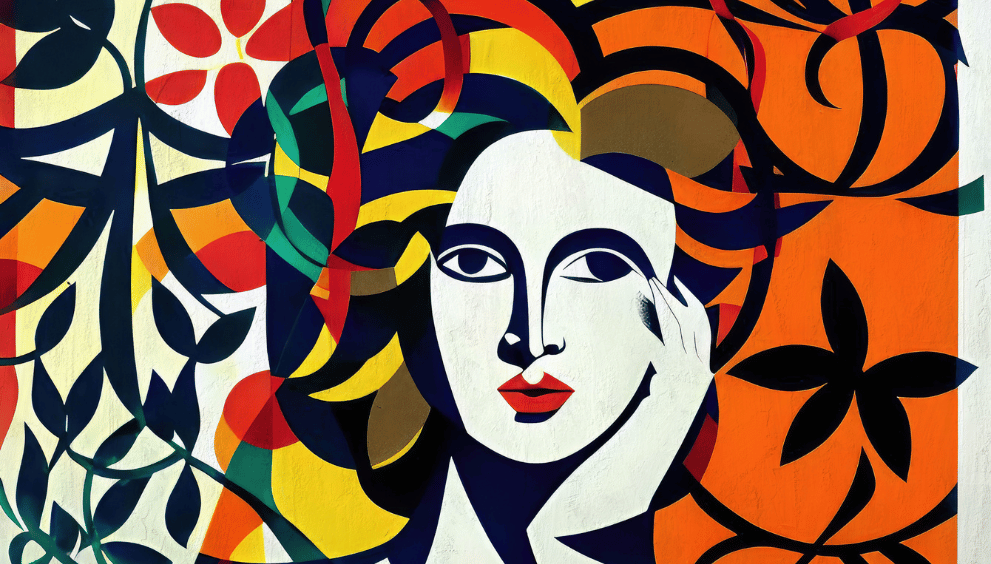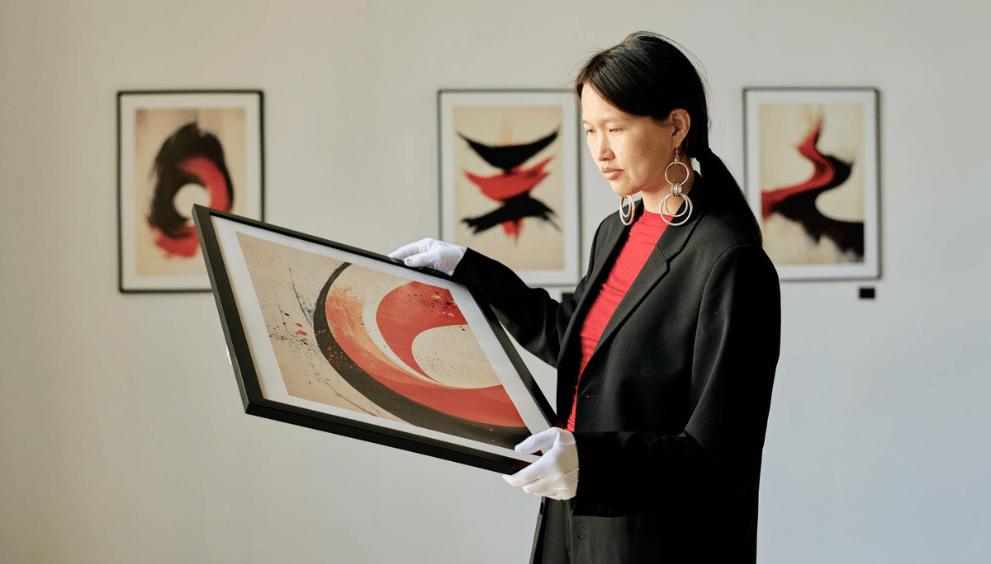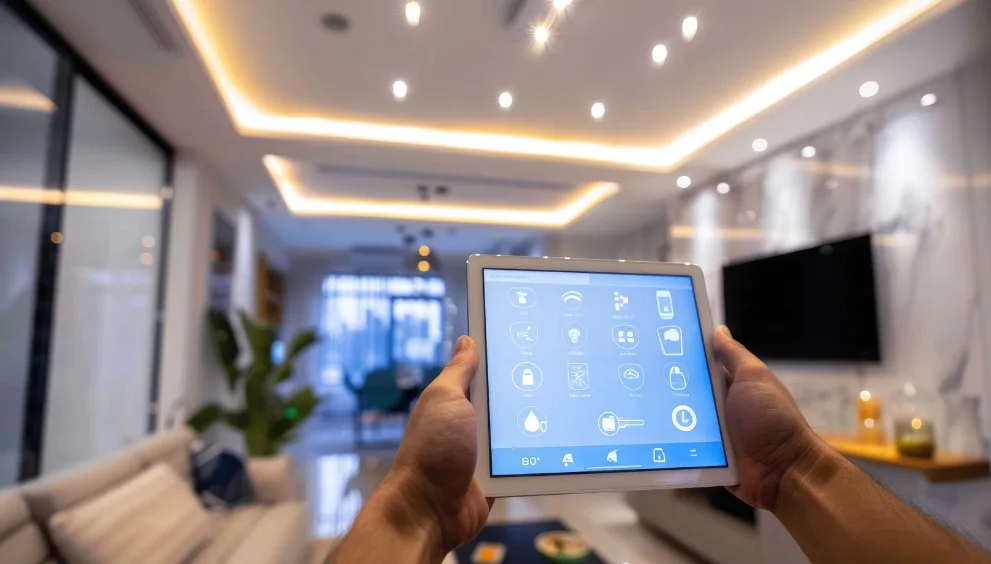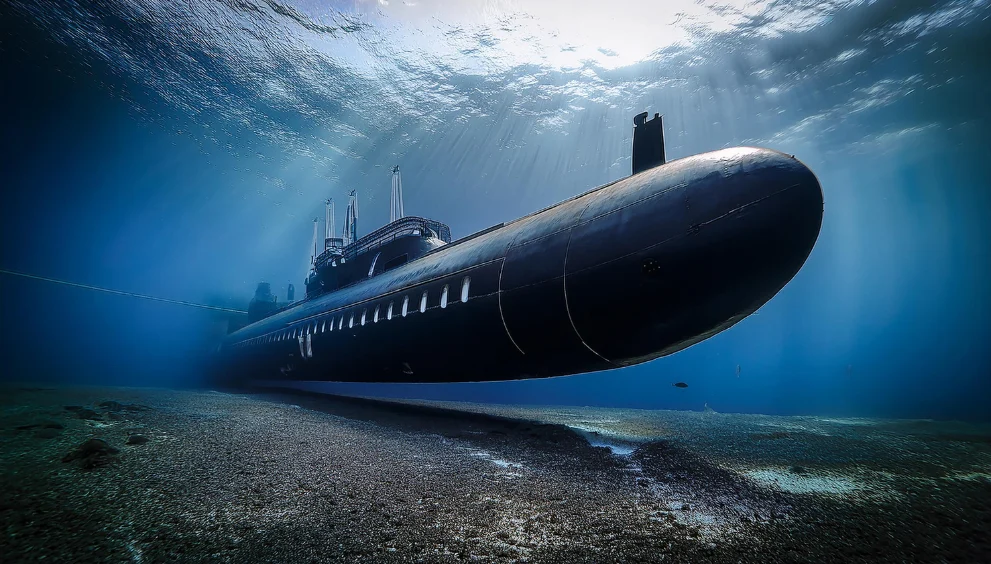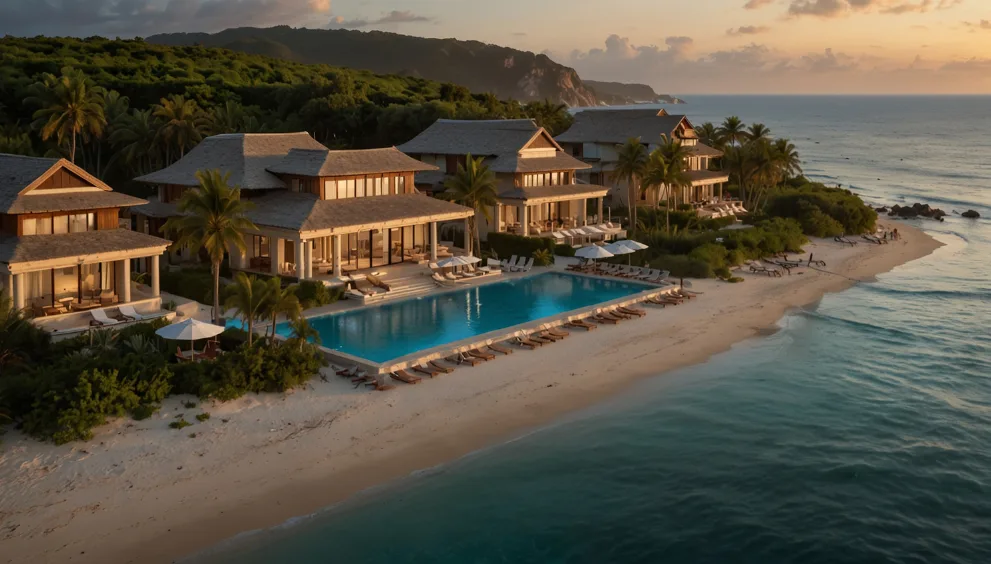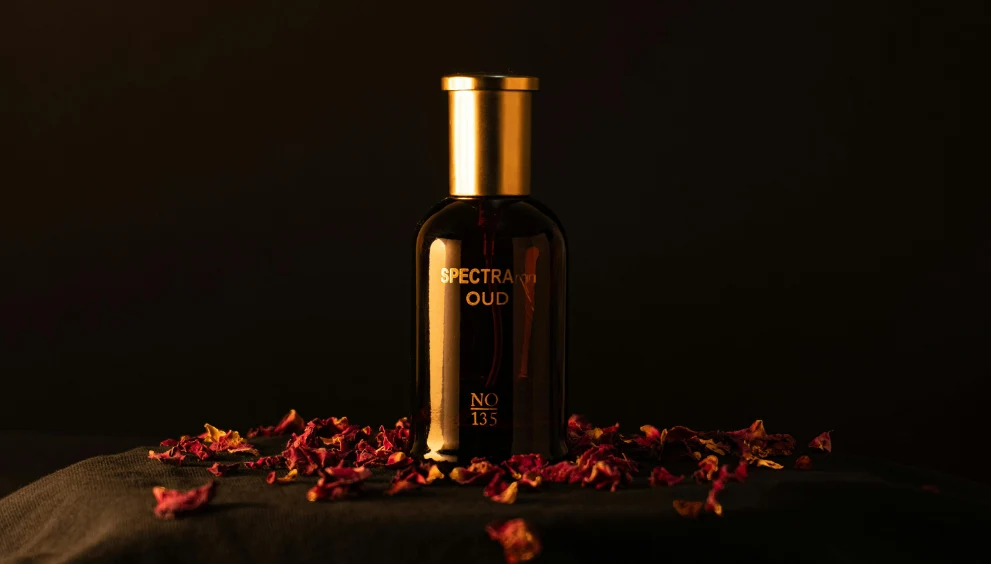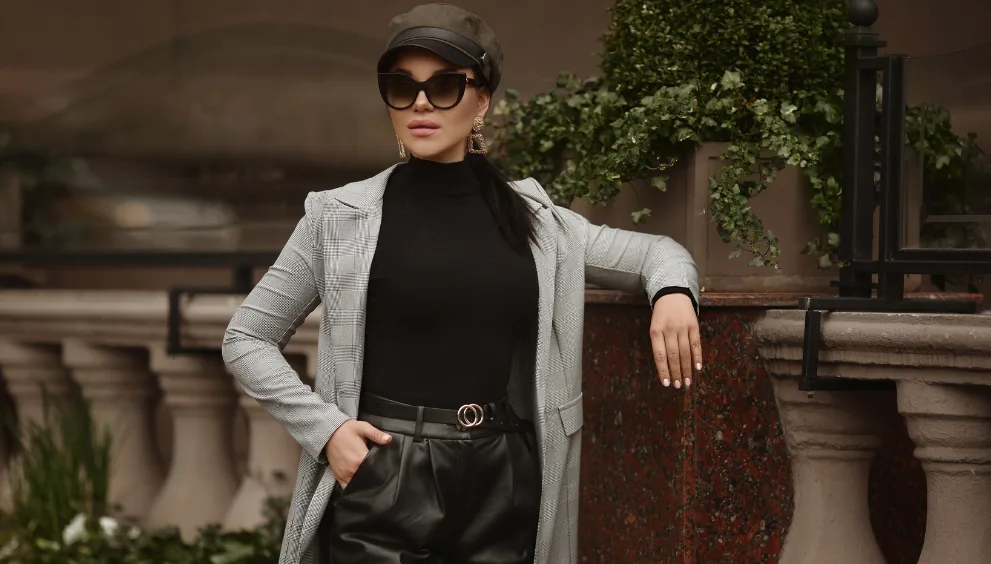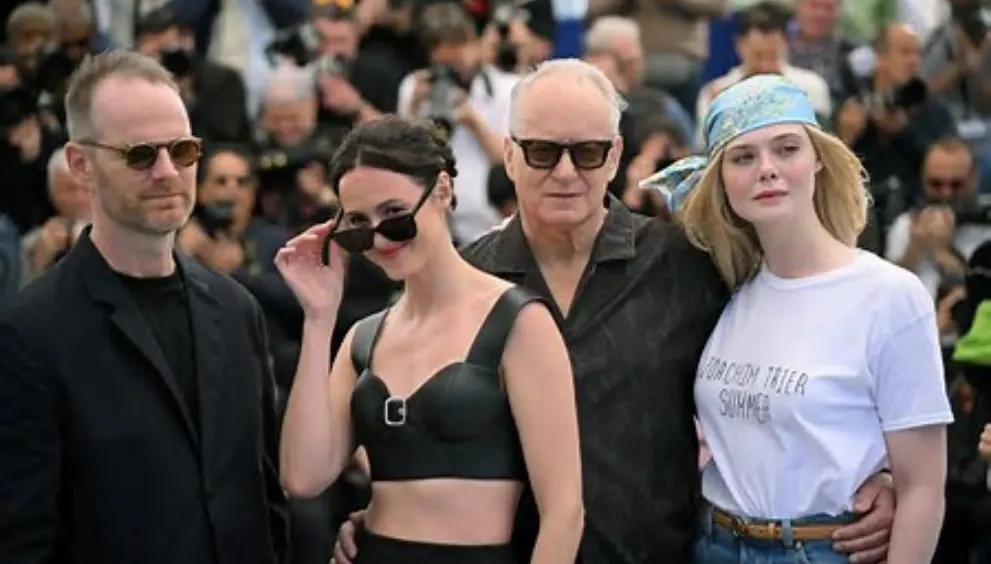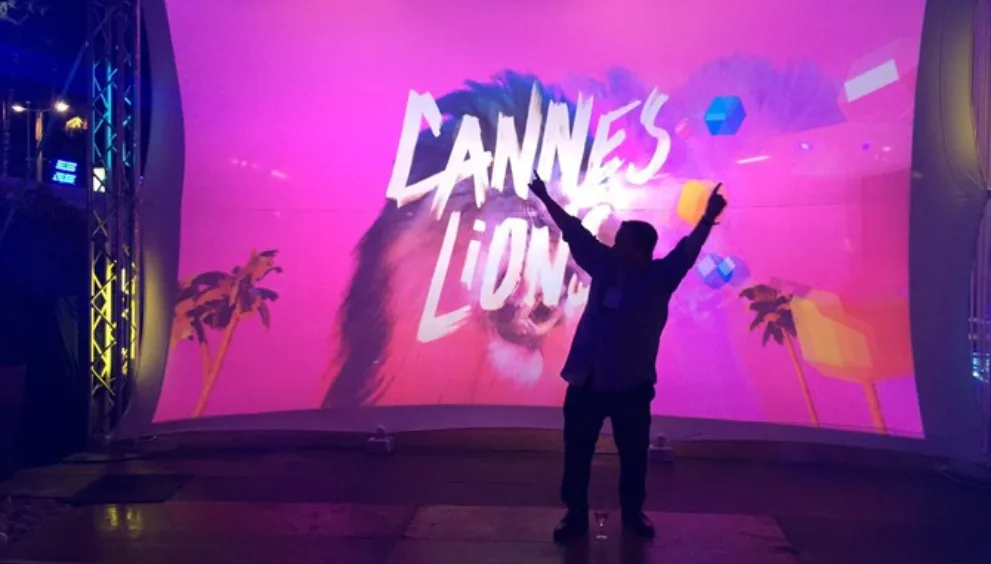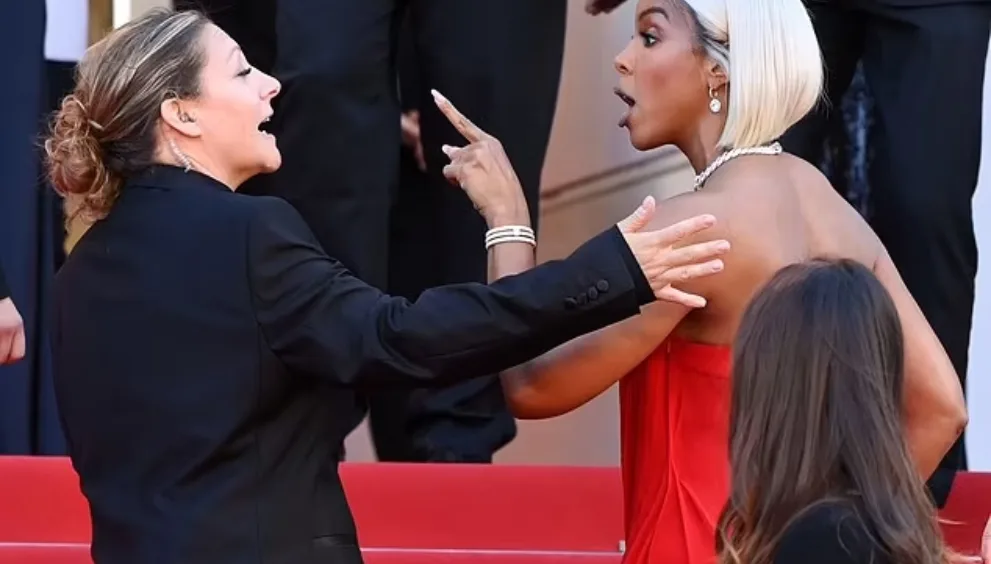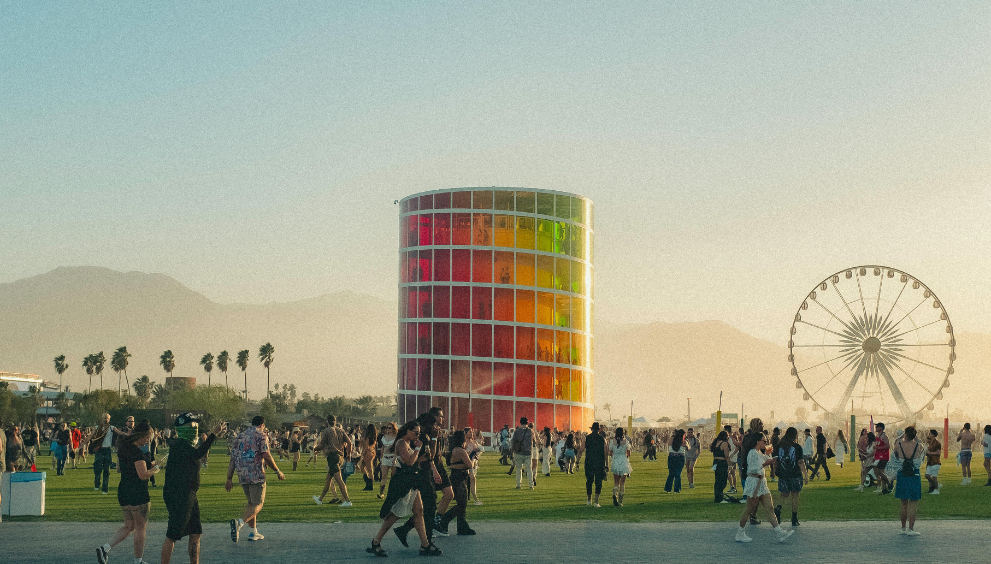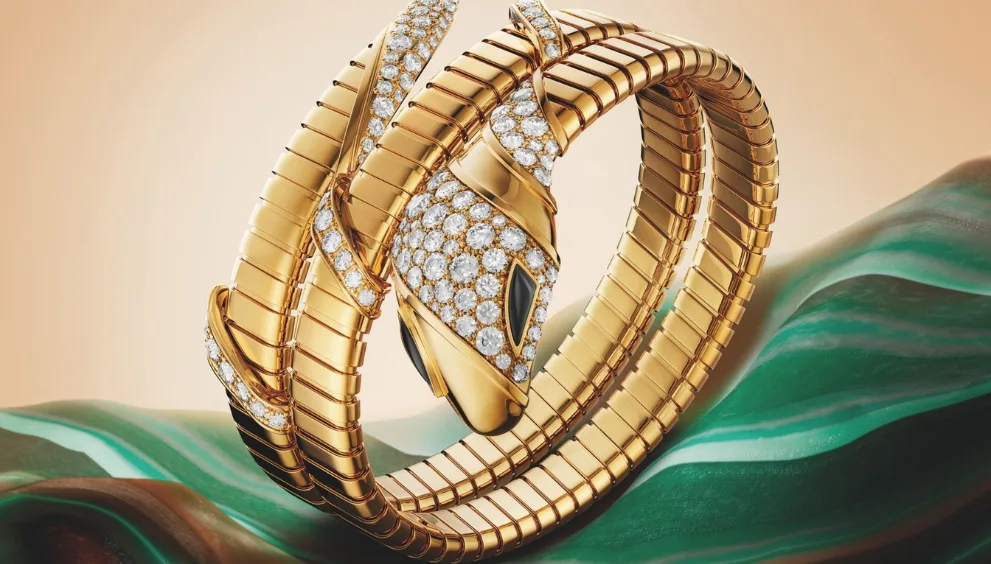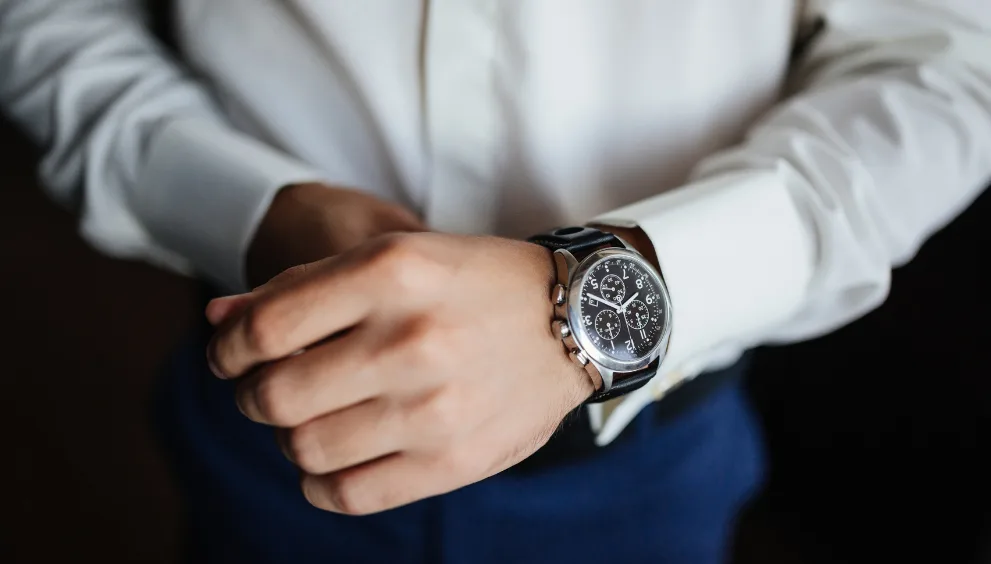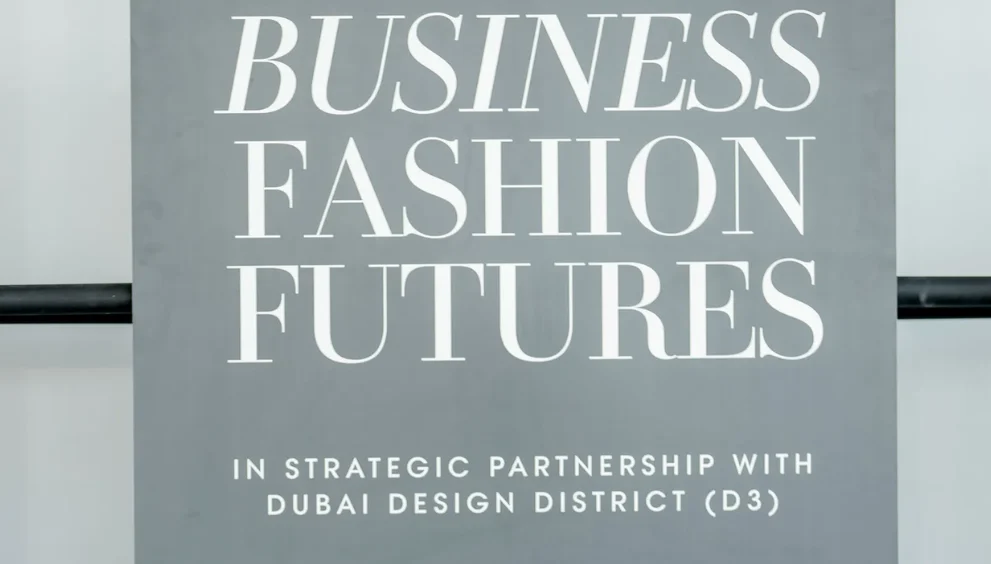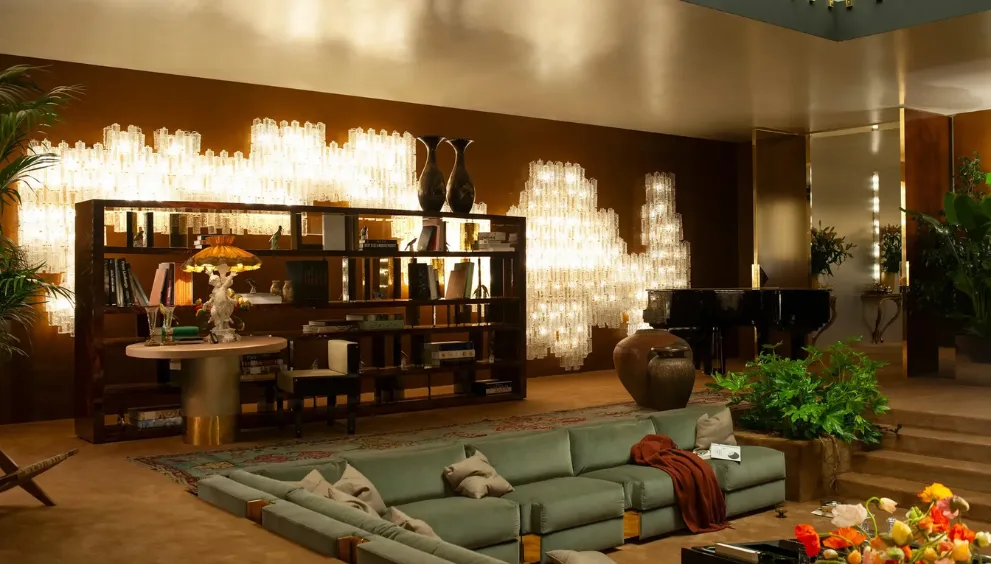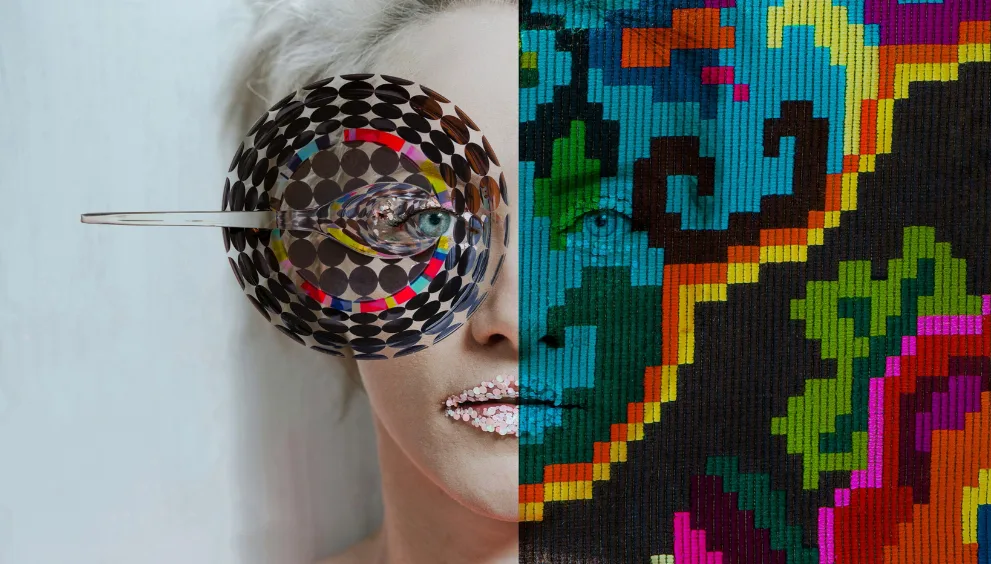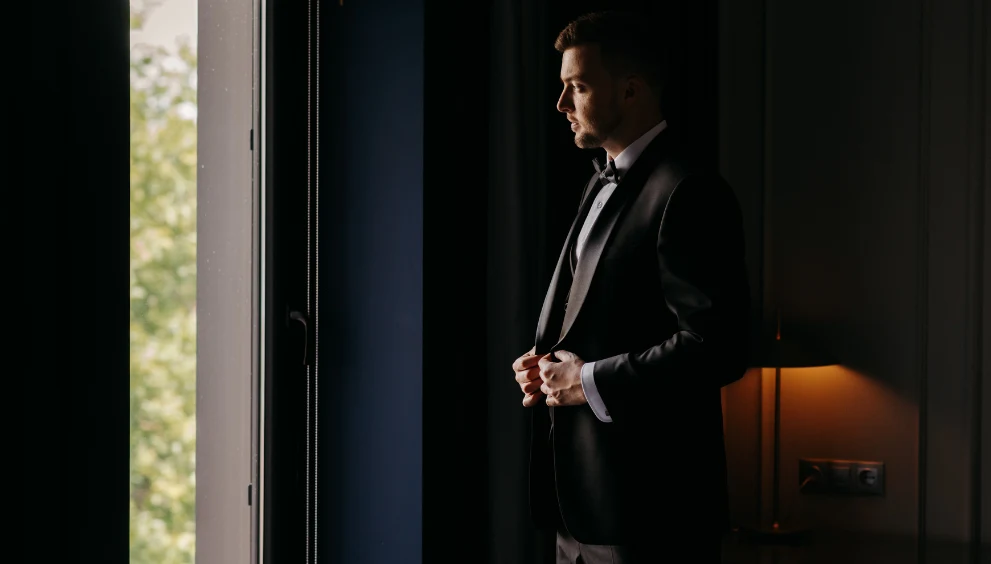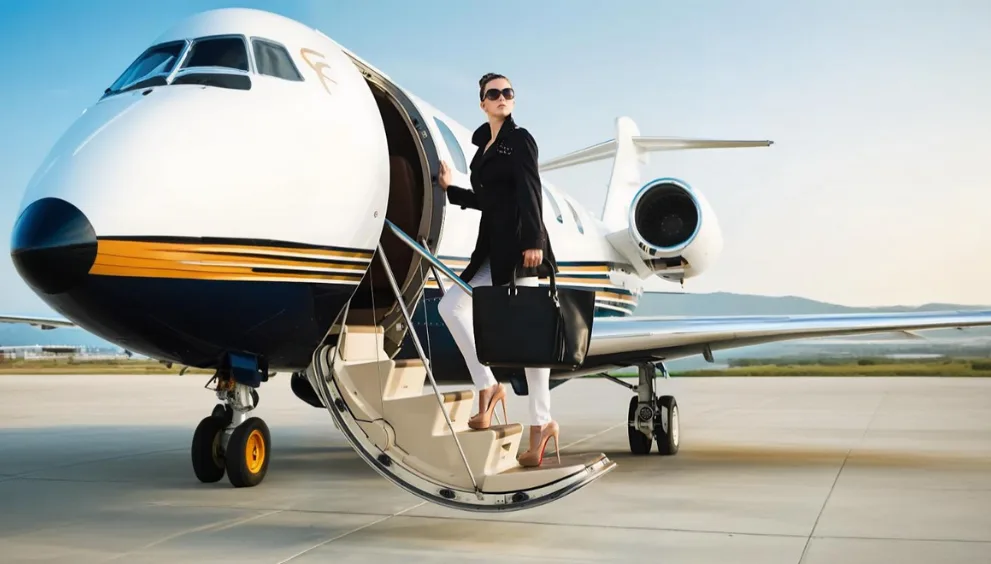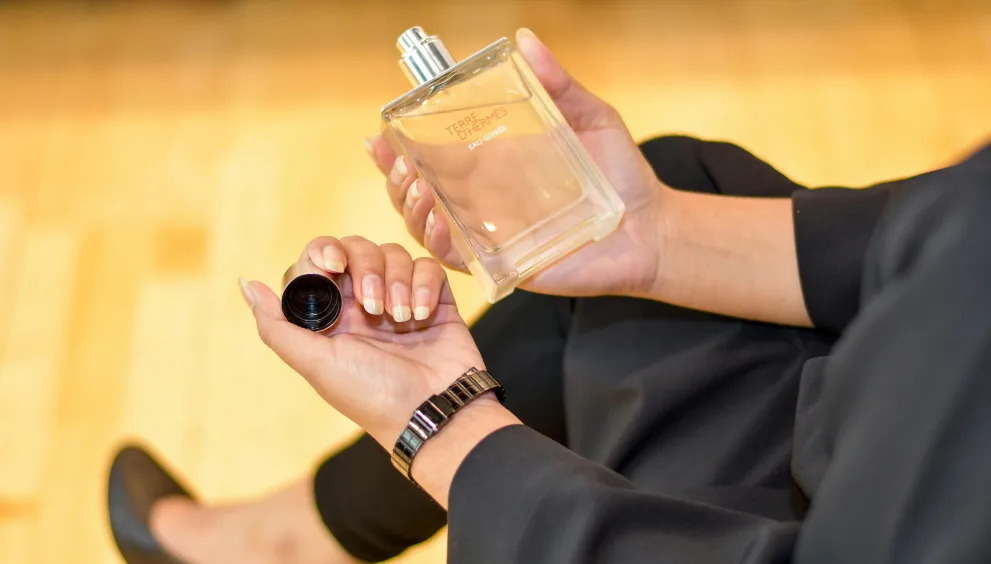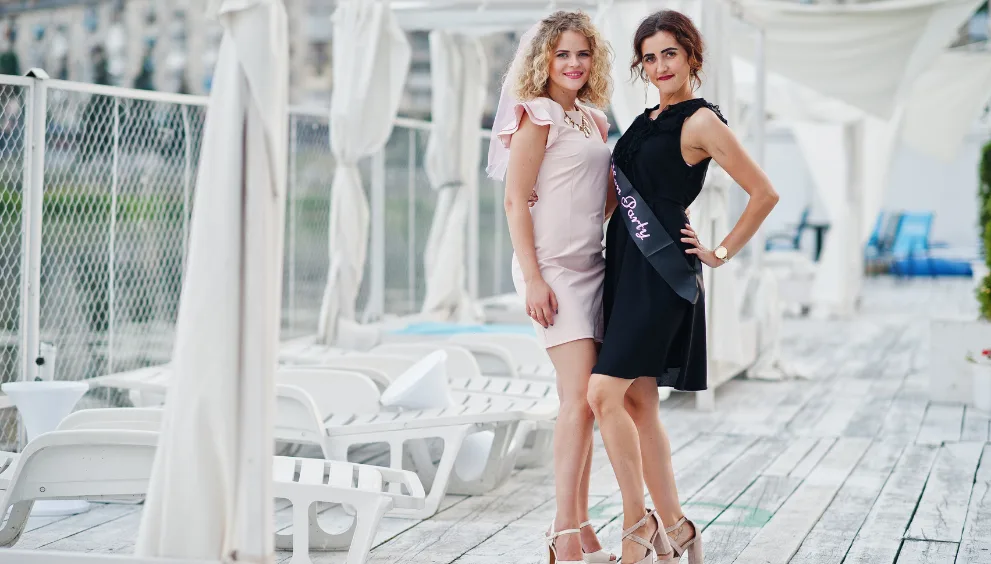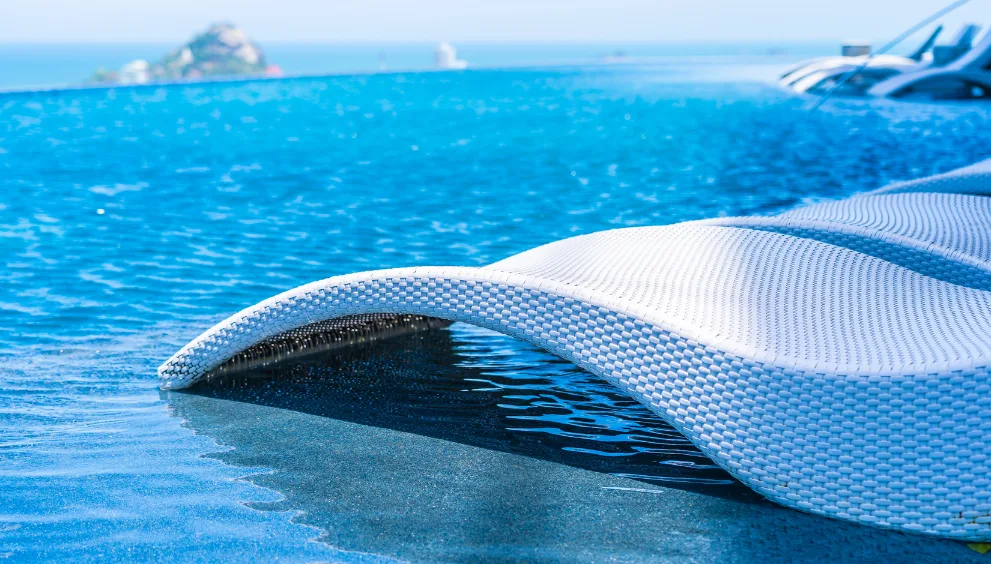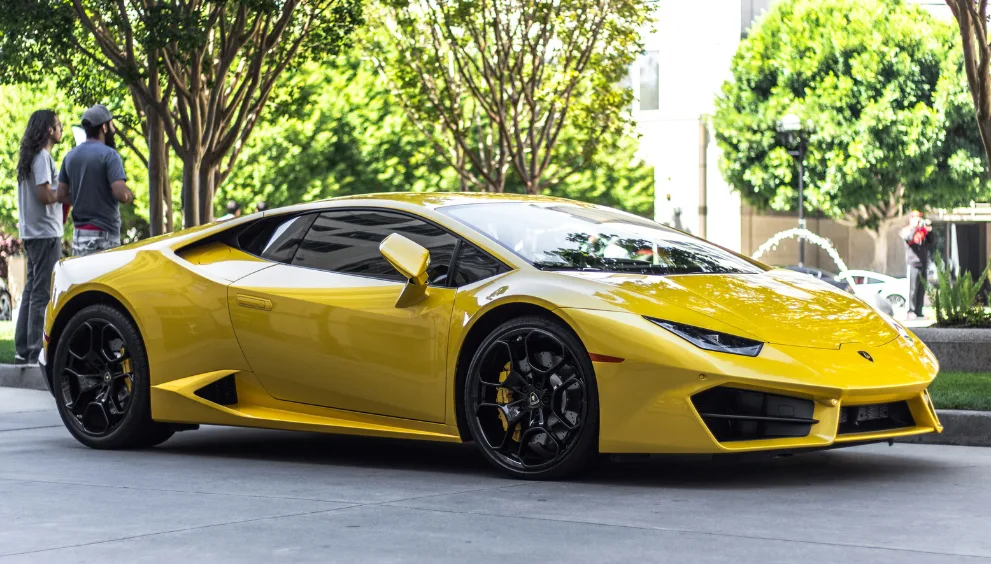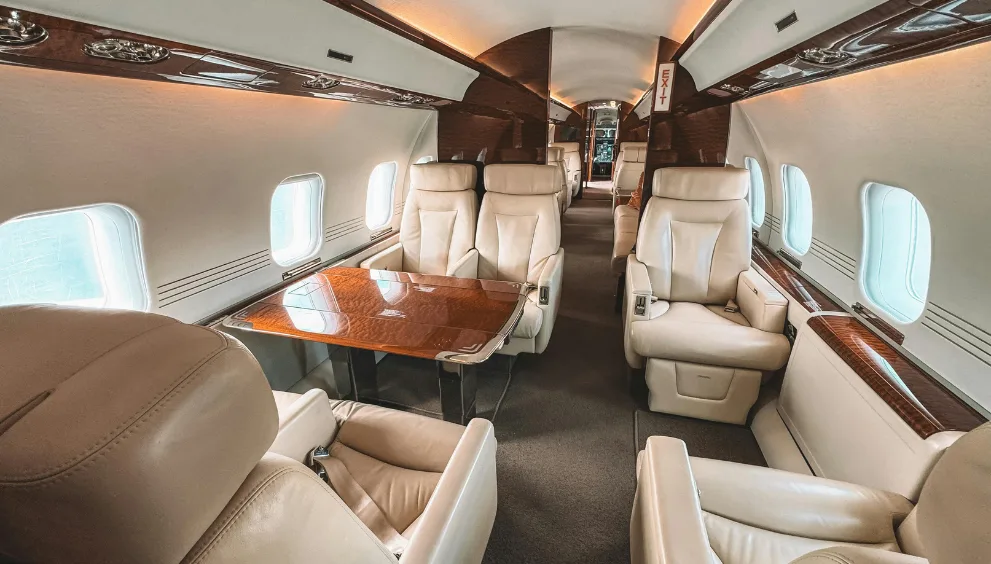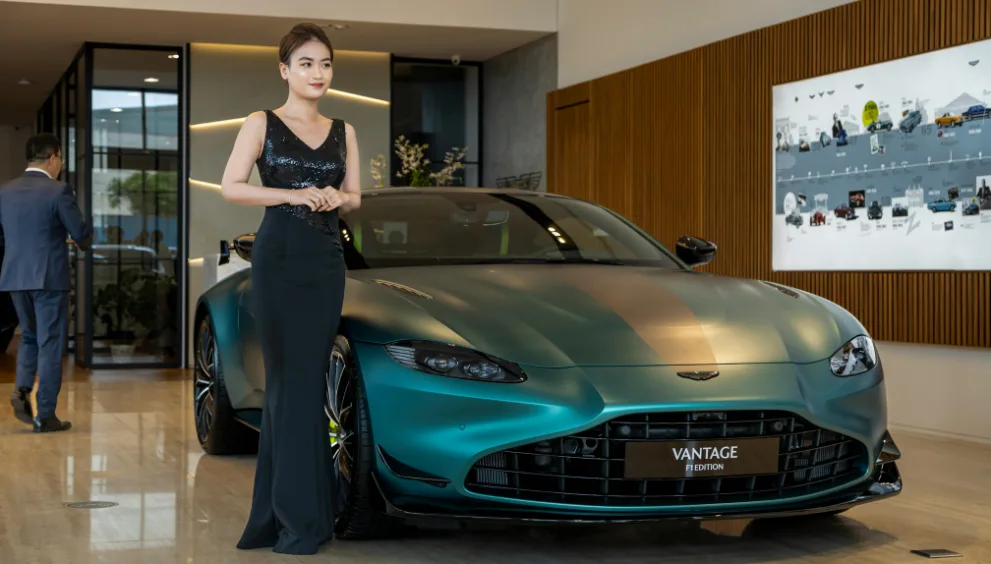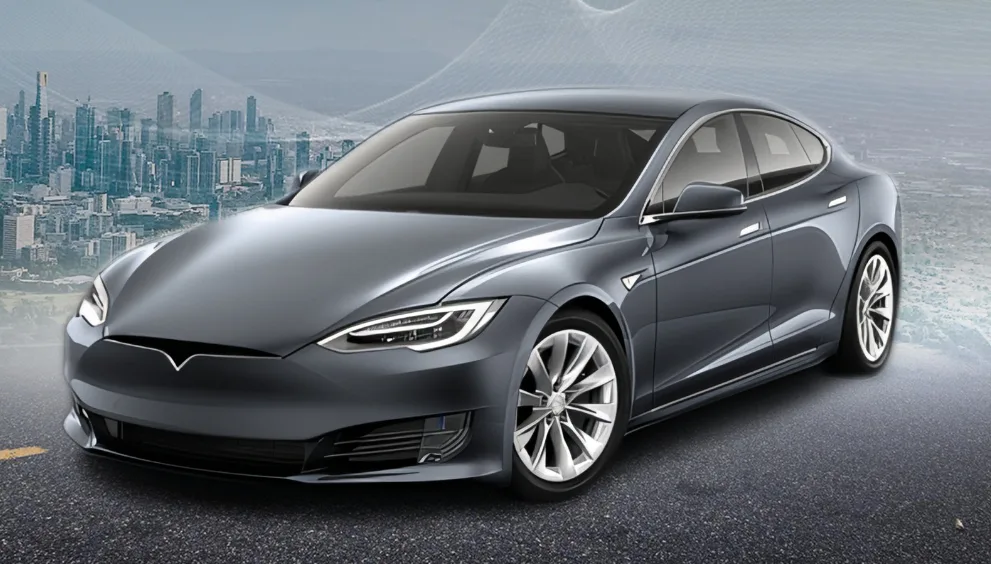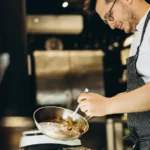The Death of Traditional Luxury? How Millennials Are Changing the Game
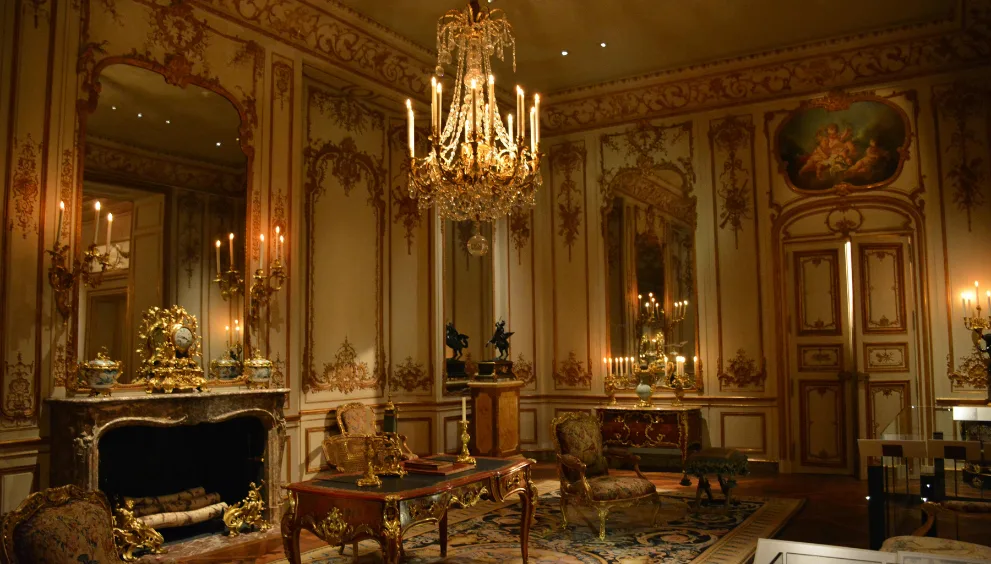
Hello, Esteemed Old Money Consumers, I’m sure this must have come as a shocker- What do you mean traditional luxury has met its end? Wasn’t it supposed to be evergreen? Who is going to take its place now? Who dares to cause a shift in this ancient industry? And did they…succeed? What does this mean for the industry and, most importantly, for us?
Now I would like you to hold your horses, whether imaginary or real ones.
How about we think about what traditional luxury is first?
“Luxury is not a necessity, but it is an oasis that gives a moment of joy in our hectic lives.” – Giorgio Armani.
At its core, traditional luxury is about custom experiences, artistry, and the fabric of tradition. It’s tales of artisans that are woven into the soul of the detail of their signature products. It’s not just exclusivity, it’s about heritage. It’s about the sense of ecstasy, an elegant experience, and a link to something unique, finely crafted, and made just for you.
The texture of hand-stitched leather goods, the gleam of a gemstone with smooth cuts, the feel of custom-tailored fabrics, or the workings of an old watch that your grandfather inherited.
It’s for people who value finer things for their craftsmanship and legacy as much as their aesthetic appeal.
Then why did such a strong empire finally meet its… demise? Is it the end of a long-lived era? The end of an era constitutes the beginning of a new one. And this new era has embarked on the beginning of something that will redefine traditional luxury. Now, whether it holds the legacy of the past or surpasses it is a question for the future.
But for now, the changemakers in the industry would be our dear millennials (By the way, millennials are the generation born between 1981-1997, the ones who have truly seen the world evolve in front of their eyes), and they are here to take charge.
As millennials started to emerge as the new consumers in the luxury market, they caused a shift in the industry and now want to redefine luxury and the rules surrounding it.
So doesn’t this mean that the industry is reshaping, evolving, and adapting itself in the newfound dynamic world just like the millennials did themselves. Therefore, traditional luxury isn’t dead, it’s just being rewritten by millennials.
Now you may ask the question, why? Is the revolution of traditional luxury truly that important? Well, firstly, millennials don’t want to flaunt their wealth; it isn’t just a status symbol to them. They expect luxury to be in the form of precious experiences, personal fulfilment, and sustainability.
They would rather have a luxurious trip in their favourite country than spend money on a car that will be stuck in their garage for years. This shift has given rise to “experiential luxury,” where unique adventures take precedence over material items. Social media plays a major role in shaping perceptions of luxury and showcases their connectivity with the younger audience —I mean, after all, if you didn’t Instagram that exclusive pop-up event, did it even happen?
Secondly, Traditional Luxury brands initially resisted online sales due to concerns about exclusivity, brand image, and the inability to provide the same upscale user experience that they provided in-person. Because they believed that the individualized and tactile aspects of luxury shopping couldn’t be replicated digitally, they were dubious of customers making costly purchases online.
Even though these worries were legitimate, they eventually had to switch to online retailers since millennials demand that their favourite brands be available everywhere, whether it’s through a virtual changing room or a live-streamed fashion show.
Another hallmark of millennial luxury is the emphasis on ethical consumption.
Millennials demand transparency—no shady practices or environmental harm allowed. After all, having a sense of accountability is needed as luxury brands hold great influence in their spheres. Millennials want brands to take initiatives to conserve the environment while making their signature products.
Along with this, they also expect brands to show a sense of social responsibility in the form of employee welfare, community engagement, ethical practices, and other initiatives. Hence, millennials tend to naturally gravitate towards brands that are doing this and are even willing to pay more for their luxury products.
Lastly, millennials believe that social inclusion should be the norm. As businesses recognize that social inclusion is not only crucial to the world but also expands their customer base. Social inclusion in brands is gaining momentum. By providing entry-level products at affordable rates or developing programs that involve under-represented communities, brands are also consciously working to make luxury more accessible to the whole world, as that’s the only way to increase their consumer base.
“Luxury must be comfortable, otherwise it is not luxury.” – Coco Chanel.
Millennials brought that change, but they also didn’t let luxury lose its spark along the way. They gave luxury a different perception that involves an open mind with the same premium quality products.
They also introduced enhancements to luxury such as offering personalization options, making them more accessible and convenient, developing new methods for improvement in customer satisfaction, increasing brand transparency, and finally encouraging them to be on social media platforms to build a brand narrative with a larger audience whether through a pop-up store, exclusive event, pre-launches, and other initiatives.
In conclusion, I’d like to believe that the shift millennials created in the industry was a revolution that the luxury industry deserved, something that was… inevitable. The new luxury industry, while retaining its core values, promises a progressive future.
What are your thoughts on this? Until next time, Signing off for now.



